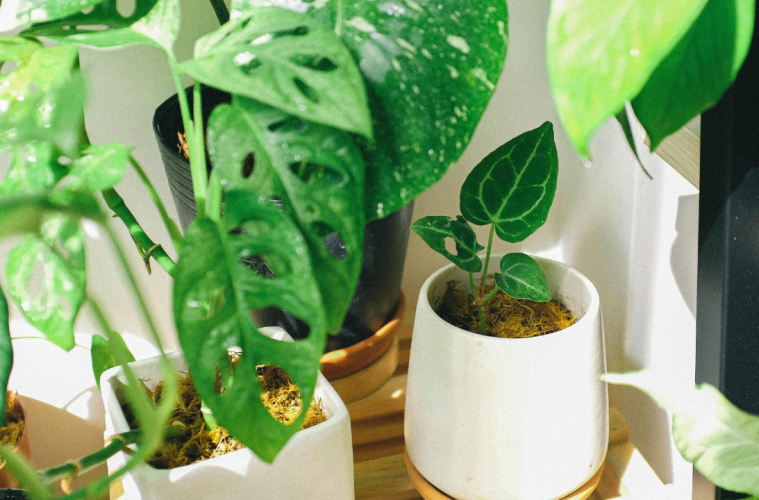Houseplant parents know the struggles of just trying to keep their plants alive. But, sometimes, no matter what we do, something will inevitably go wrong. One of the worst things that could crop up, is, of course, mouldy houseplants.
It can be scary, especially if you spot the nasty white fluff on the likes of your fiddle leaf fig. Luckily, mould on houseplants is a common problem and it’s not a death sentence (if you catch it in time) and it’s relatively easy to clear up.
The reasons for your mouldy houseplants
The main culprits behind mould growth are simply overwatering and humidity.
Houseplants generally require high humidity levels and almost constantly moist soil to thrive. However, both are an intricate balance and it’s easy to get it wrong. Often, watering too much and having constantly soggy roots open the door to mould spores – and a host of other, more serious issues, like root rot. These mould spores spread and quickly wreak havoc on your plant collection.
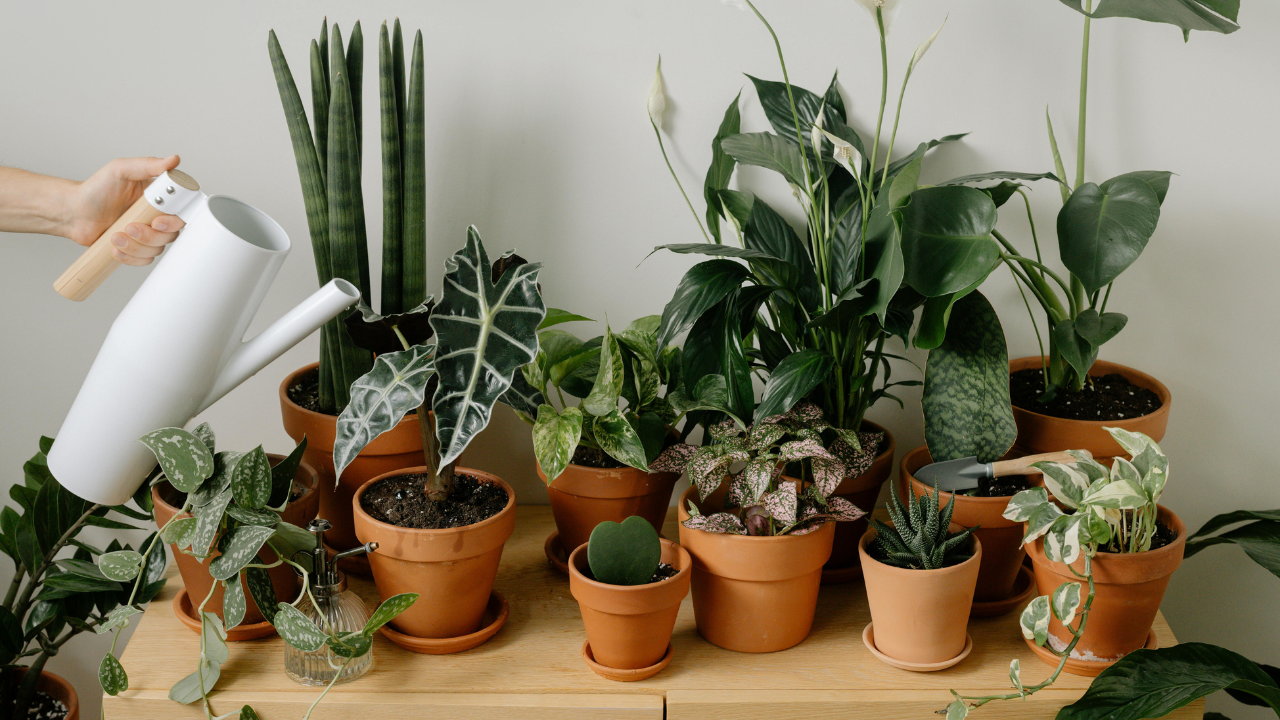
Pexels
Mould also flourishes in high levels of humidity. So, while your houseplants might love living in your bathroom, keep an eye out for mould.
Another factor is poor air circulation. This is especially the case for those plant parents who can’t seem to stop collecting plants. Mould loves stagnant air and will target plants that are stacked close together. Additionally, a lack of air circulation means that your plants can’t dry out effectively when you water them.
While it seems that mould on your plants is inevitable, you won’t need to fight a losing battle. Combating, and preventing, mould is actually quite easy.
Combating the mould
Your first step in getting rid of mould on your houseplants is isolation. Keep all infected plants far away from any mould-free neighbours.
Next, cut back on watering, and let the soil breathe. You can do this by gently poking holes with a chopstick or pencil. This helps let excess moisture evaporate. To speed that up, move your houseplant to a sunny location.
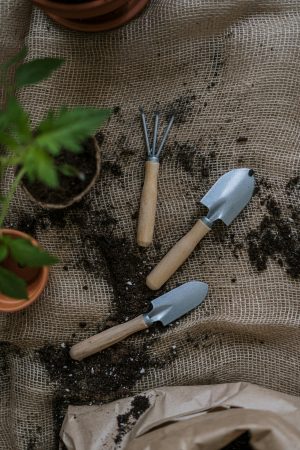
Pexels
If the soil is mouldy, remove the top layer of soil and any infected plant material, like leaves and stems. Replace the soil with fresh, houseplant mix soil. You can even sprinkle a layer of cinnamon on the surface of the soil to act as a natural anti-fungal treatment.
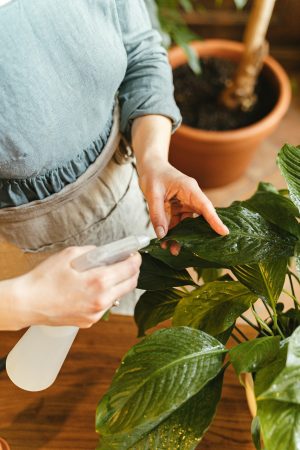
Pexels
However, if you spot mould on the leaves of your houseplants, you’ll need to wipe down all the infected leaves with a damp cloth. Avoid watering and misting your plants at all costs. If the problem persists, arm yourself with a spray bottle and a neem oil solution, and go ahead a spray the infected houseplants.
Of course, the best cure for mouldy houseplants is prevention.
READ MORE: SIMPLE TIPS TO CLEAN YOUR HOUSEPLANTS CLEAN
Preventing mould
Your first line of defence for preventing mould – and so many other issues – is to water wisely. Instead of opting for a strict watering routine, use the feel test to see when your plants need water. Simply pop your finger into the soil – if the first few centimetres are dry, water your plants. If it’s still damp, hold off on watering for a few days.
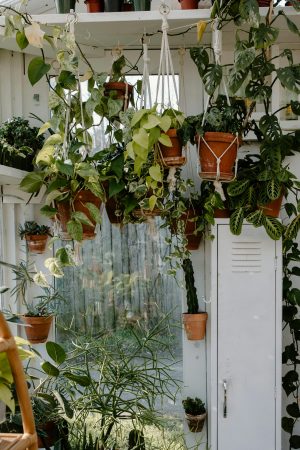
Pexels
Next up is making sure your plants have sufficient drainage. This helps prevent water from pooling around the roots and allows the soil to dry out. Make sure your houseplant pots have enough holes at the bottom and that you’re using the right soil for your plant.
Pot size is just as important in mould prevention. A pot that’s too big for your pot retains more moisture, increasing the risk of mould.
Another great prevention factor is the placement of tour plants. Avoid putting your plants in dark corners that don’t get any airflow or sunlight. Remember to space out your groups of plants, too.
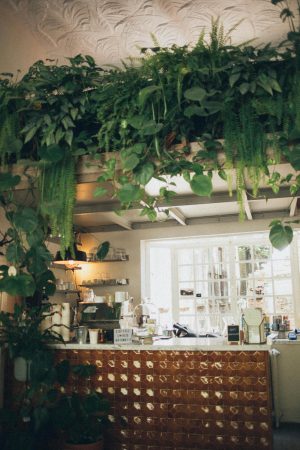
Pexels
While you’re at it, monitor the humidity around your plants. If your plants live in your bathroom due to the high levels of humidity, check them for mould regularly. In fact, you should add checking your houseplants for any sort of issue to your weekly chore list.
Checking your plants regularly allows you to catch and fix any problem that may arise quickly.
Additionally, avoid any of those humidity hacks that increase the humidity around your plants, like misting. These hacks make little to no difference to the humidity levels around your plants in the long term and more problems than they solve.
ALSO SEE: WHY YOU SHOULD AVOID USING ICE CUBES TO WATER HOUSEPLANTS
Why you should avoid using ice cubes to water your houseplants
This article was originally written and published by Jade McGee for Woman&Home.
Feature image: Pexels

